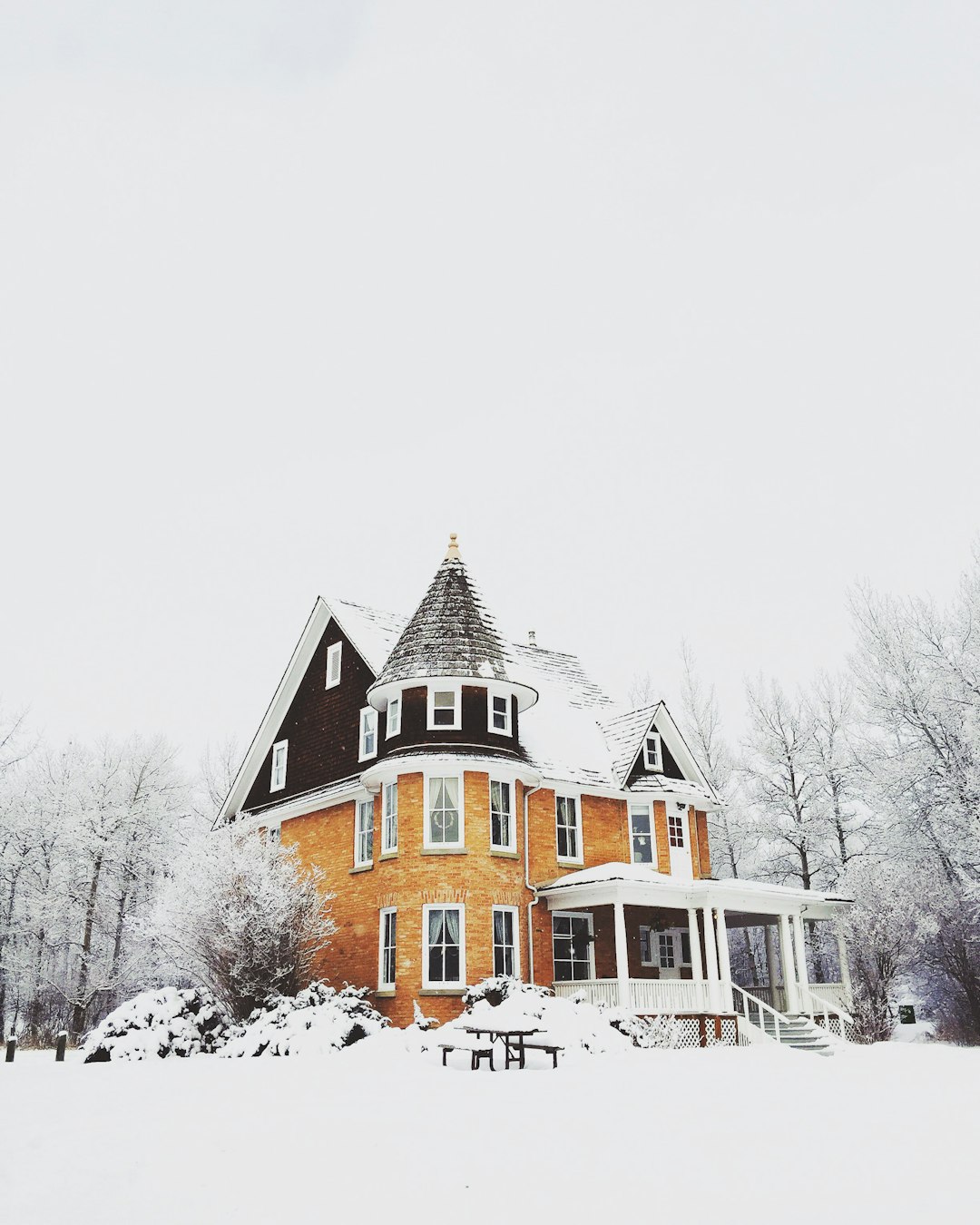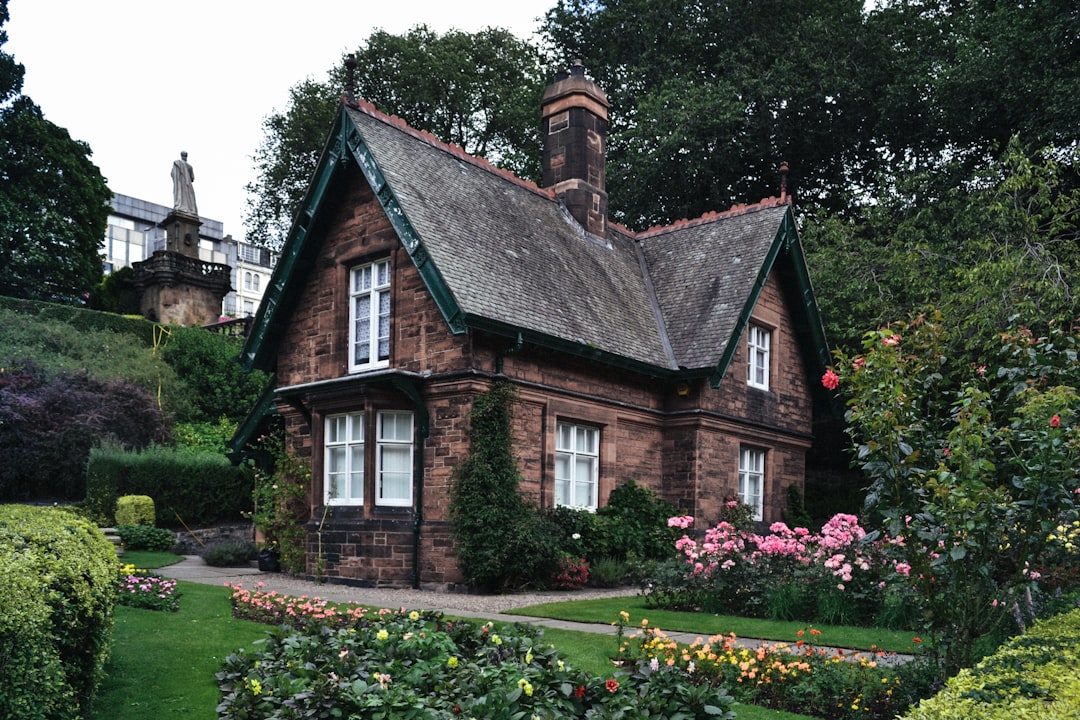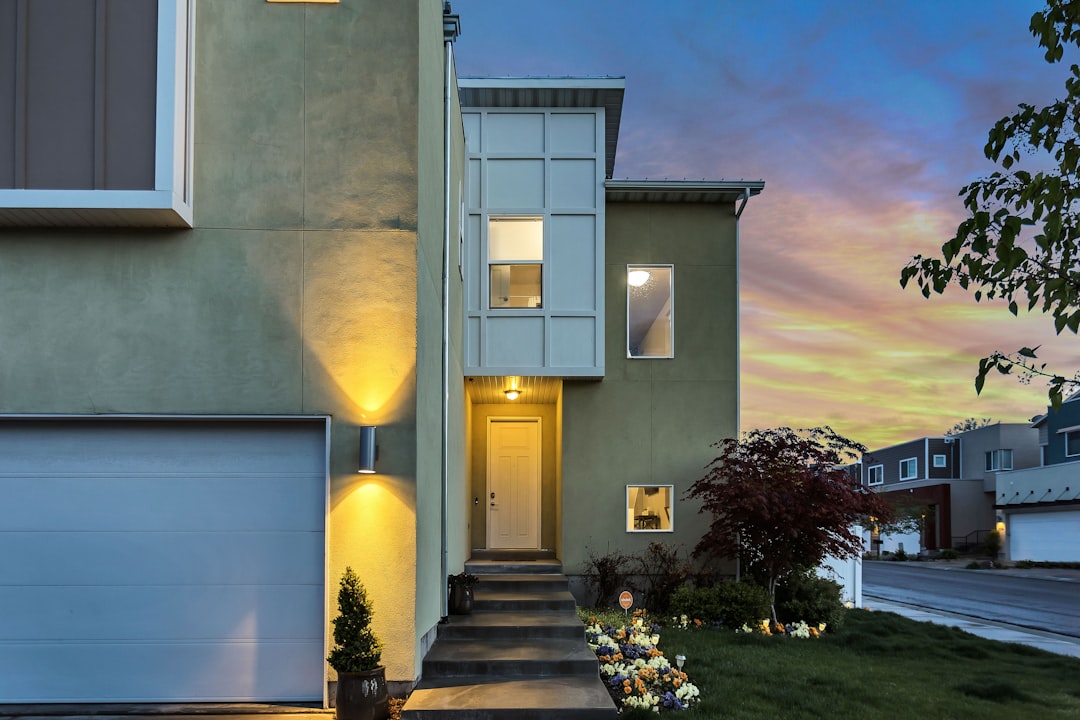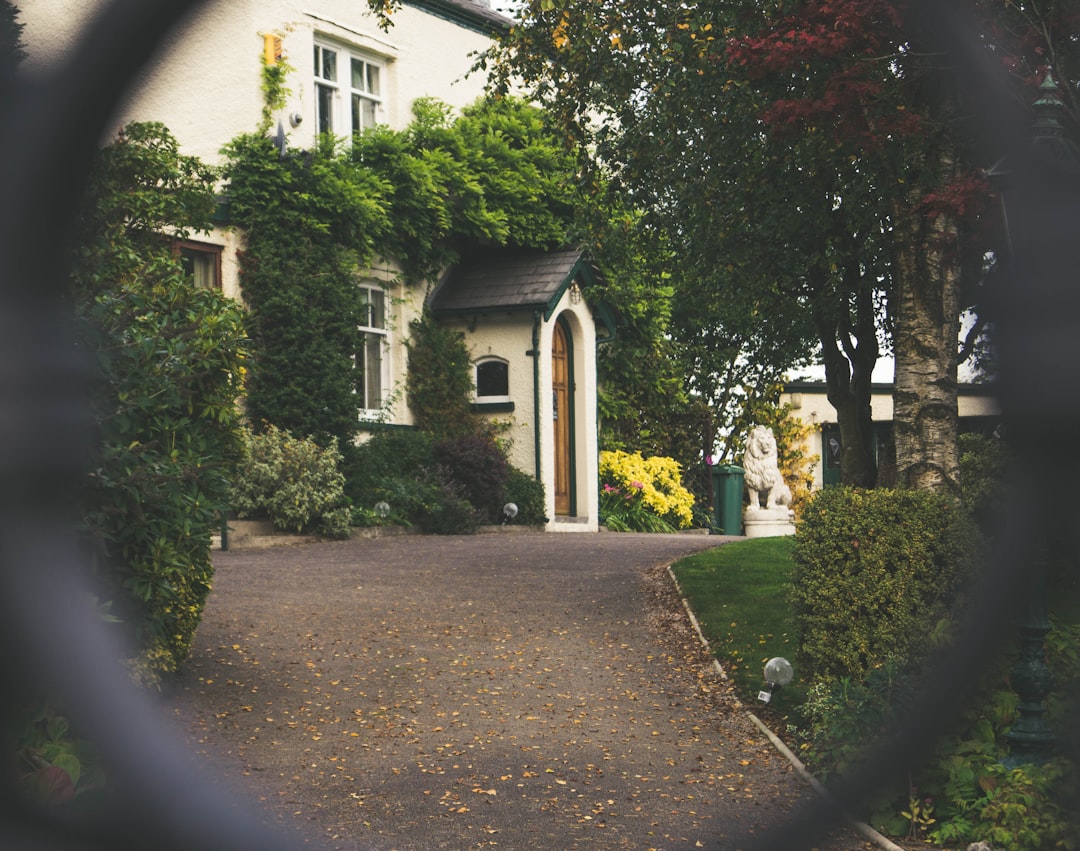The restoration of heritage homes is a delicate process that balances the preservation of historical integrity with modern preservation techniques. These efforts ensure that these homes remain authentic representations of their respective eras while being adapted for contemporary living. The conservation of such properties is crucial as they serve as repositories of history, cultural touchstones, and educational resources, providing insights into architectural evolution and the contexts of their construction. Preserving heritage homes also has significant economic benefits, stimulating job growth in skilled trades and bolstering local economies. Key projects like Villa del Balbianello in Italy and Cliveden in England exemplify successful restorations that maintain their original character while becoming vibrant parts of their communities. These efforts are essential for safeguarding our architectural legacy, connecting future generations with history, and enriching urban landscapes with diversity and character.
Heritage homes stand as testaments to history, embodying architectural styles and craftsmanship that tell tales of bygone eras. This article delves into the art and science of preserving these gems through meticulous restoration efforts. We explore their historical significance, outline strategies for authentic restorations, and showcase global success stories. By honoring the past, we ensure a tangible connection to it for future generations.
- Understanding the Significance of Restoring Heritage Homes
- Assessing and Planning the Restoration Process for Historical Homes
- Techniques and Materials for Preserving Architectural Integrity in Heritage Homes
- Case Studies: Successful Restorations of Historical Homes Around the World
Understanding the Significance of Restoring Heritage Homes

Heritage homes and historical properties serve as tangible links to our past, embodying the craftsmanship, architectural styles, and cultural values of different eras. The act of restoring these structures is not merely a preservation effort but an acknowledgment of their enduring significance in shaping contemporary communities. Each restoration project is a meticulous journey into history, where modern techniques are employed with sensitivity to maintain the integrity of original designs. These homes often hold stories and memories that are embedded within their very walls, making their conservation crucial for educating future generations about architectural history and historical contexts. Moreover, restoring heritage homes sustains cultural heritage and contributes to the urban fabric by preserving architectural diversity. It ensures that these homes continue to stand as landmarks, enriching local identity and providing a unique character to the neighborhoods they inhabit. The economic benefits of such endeavors are also notable, as they foster job creation in skilled trades and support local businesses, all while safeguarding the legacy of our built heritage for posterity.
Assessing and Planning the Restoration Process for Historical Homes

When undertaking the restoration of heritage homes, a meticulous assessment and robust planning process are paramount to preserve their historical integrity while addressing modern needs. The first step involves a thorough evaluation of the property’s current condition, taking into account its architectural significance, structural soundness, and any extant historical records that can inform the restoration approach. This due diligence ensures that any interventions align with the home’s original design and materials, thereby maintaining its authenticity.
In conjunction with respecting the heritage home’s past, it is equally crucial to plan for its sustainable future. This includes assessing the home’s energy efficiency, accessibility, and overall functionality. Preservation experts, architects specializing in historical restoration, and conservation engineers must collaborate closely to formulate a plan that not only honors the home’s original construction but also adapts it to meet contemporary standards without compromising its historical value. Through careful planning, these homes can be preserved as living testaments to their era, offering future generations an opportunity to experience history firsthand.
Techniques and Materials for Preserving Architectural Integrity in Heritage Homes

When embarking on the restoration of heritage homes or those with architectural significance, it is imperative to employ techniques and utilize materials that align with the home’s original construction methods and materials. Expert conservators employ a range of traditional skills tailored to each structure’s unique historical context. This approach ensures that the integrity and authenticity of the property are maintained while undergoing necessary repairs or updates. The choice of materials is critical; they must be historically appropriate, ensuring that their color, texture, and performance match what would have been used in the home’s original era. For instance, when repairing wood elements such as doors, windows, or moldings, craftsmen often use reclaimed timber from a similar period to ensure consistency with the home’s historical aesthetic. Similarly, the application of paints and finishes should reflect period-specific techniques, enhancing the home’s heritage value without altering its original character.
In addition to meticulous material selection, advanced technologies are now available to aid in the preservation process. These include non-invasive diagnostic tools that allow for an understanding of the home’s structural condition without causing additional damage. Thermal imaging and ground-penetrating radar can reveal hidden issues beneath surfaces, guiding the restoration work with precision. Furthermore, the use of lime plasters and traditional joinery methods not only respects the architectural style of heritage homes but also provides breathability and longevity that modern alternatives often lack. By combining these old-world practices with contemporary conservation expertise, it is possible to preserve the essence of historical homes for future generations while ensuring their continued structural soundness and functional use.
Case Studies: Successful Restorations of Historical Homes Around the World

Throughout history, heritage homes have stood as testaments to the craftsmanship and architectural styles of their respective eras. Across the globe, numerous examples showcase the successful restoration of such historical residences. In Europe, the Villa del Balbianello in Italy exemplifies a meticulous restoration process. Once a private summer home, it has been preserved to its original Renaissance charm, with intricate gardens and frescoes that draw visitors from around the world. The conservation efforts involved detailed research to authentically restore the property’s features, ensuring that future generations can appreciate its historical significance.
On another continent, the restoration of the Cliveden in Berkshire, England, also demonstrates remarkable foresight and dedication to preserving heritage. This grand country house has undergone extensive repairs while maintaining the integrity of its 19th-century character. The restoration included stabilizing the structure, replacing decayed materials with historically accurate alternatives, and carefully repainting the interiors to reflect their original splendor. Such projects not only revive these architectural gems but also foster a sense of connection with the past, contributing to the cultural heritage of their communities. These success stories underscore the importance of preserving historical homes through careful restoration practices that honor both the structure and its storied history.
Restoring heritage homes is a delicate task that demands respect for their architectural and historical significance. This article has shed light on the importance of preserving these treasures, providing a comprehensive overview of the restoration process, from understanding their value to employing specialized techniques and materials that honor their original integrity. By examining successful case studies from across the globe, we’ve seen how diligent effort can breathe new life into structures that stand as testaments to our collective past. As we move forward, it is imperative to continue prioritizing the preservation of these homes, not just as buildings but as living chronicles of history, culture, and innovation. The future of heritage conservation lies in harmonizing modern practices with historical sensibilities, ensuring that these homes remain standing for generations to come.
